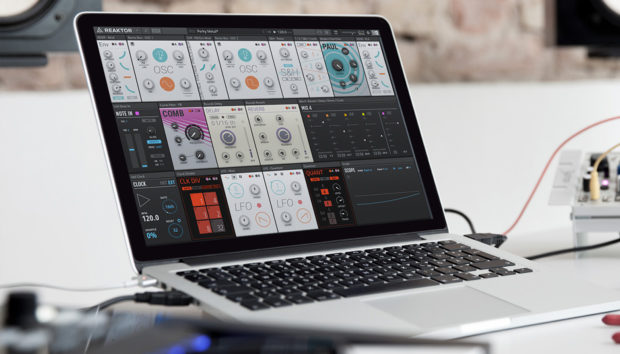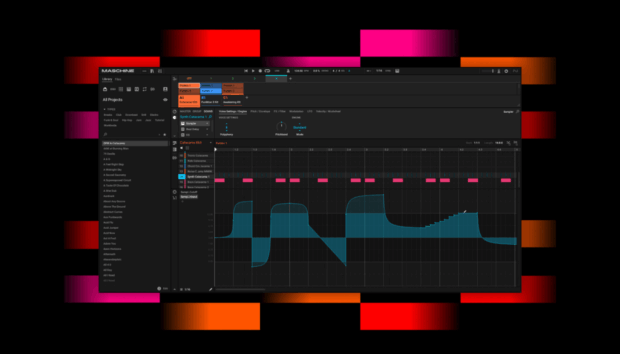Many times, the missing piece in a preset or patch is the right type or amount of movement. Modulation is what makes a sound feel alive, shifting dynamically in response to tempo, drum grooves, and other elements in a track. FRANCO BA is a producer who fully understands this and takes full advantage of Massive X’s modulation capabilities to create patches that feel organic and constantly evolving.
By using LFOs, step sequencers, tempo-based modulation, and unsynced movement, he maximizes the expressive potential of every sound. His approach to modulation is what sets his productions apart, making each patch feel unique and deeply integrated into the track and can be heard all over his latest Rolling Deep EP which you can stream below.
In this interview, we explore how FRANCO BA approaches modulation, where to start modulating on a sound, how to balance modulation in a mix, and why it’s a key tool for achieving originality in electronic music.
Jump to these sections:
- What is modulation, anyways?
- When to start modulating a patch
- Mixing vs. modulating
- Modulation that doesn’t kill the groove
- Modulation as the secret sauce to uniqueness
- How modulation shapes your unique sound
Before diving in, check out everything Massive X has to offer to better understand the functionality behind his techniques.
How would you explain modulation in a way that helps newer producers immediately start using it creatively?
Modulation is like injecting movement and life into a sound. Instead of keeping a parameter static, you let it evolve and transform over time – like painting a picture where the colors subtly blend and change, adding texture and depth to your composition.
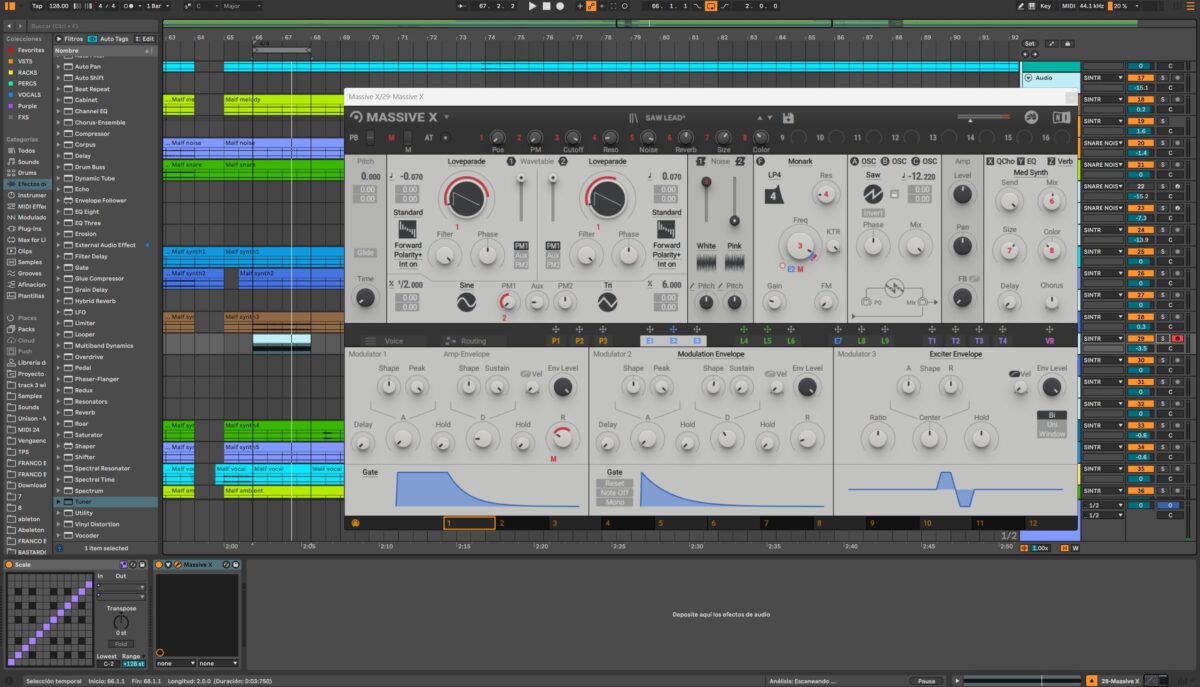
To get started, I suggest experimenting with simple modulators such as LFOs or envelopes. These modulators can affect various parameters – like filter, amplitude, or frequency – allowing you to see how even small changes can radically alter the character of your sound. Every experiment opens up new creative possibilities.
I also recommend applying modulation gradually. There’s no need to push extreme changes right away; sometimes, a subtle modulation is enough to turn an ordinary patch into something truly inspiring. The key is to play around, experiment, and trust your intuition as creativity guides you.
When you’re building a sound, do you plan your modulation from the start, or does it happen naturally as you tweak?
Often, the creative process is quite organic. I usually start with a basic patch and leave room for exploration and experimentation, which allows me to discover modulation settings I hadn’t planned from the outset. This spontaneous approach often leads to unique and unexpected results.
However, there are times when I have a clear vision of the final sound. In those cases, I plan the modulation from the very beginning, mapping out specific routes that enhance the intended character. This method helps maintain a coherent direction while developing the sonic idea, ensuring every modulation element serves a purpose.
Ultimately, flexibility is crucial. Sometimes the initial idea evolves, and modulation becomes a process of discovery, allowing you to fine-tune the sound intuitively. This blend of planning and experimentation truly enriches the sound design process.
Once you’ve modulated a sound in Massive X, what’s your approach to mixing it so it sits well in a track?
The first step is to ensure that the modulation adds dynamism without overwhelming the mix. When modulating a sound, it’s important to critically review every change and adjust the levels so that they don’t compete with other elements in the track. Careful EQ and panning adjustments play a big role here.

After establishing the basic balance, I focus on integrating the sound into the overall context of the track. I often use compression and reverb to create cohesion, ensuring that the modulation is perceived as an integral part of the sound rather than as an isolated effect. This approach helps the patch blend naturally into the mix while still retaining its character.
Finally, I always leave room for fine-tuning during the mix. Sometimes even slight adjustments to the modulation can affect the overall balance, so it’s important to continually test and adjust the sound on different playback systems.
This iterative process guarantees that the modulated sound adds energy without compromising the mix’s clarity.
What’s your process for syncing modulation in Massive X to the rhythm of a track? Do you use the grid options, or is it more of a feel thing?
The process varies depending on the style and intent of the composition. For tracks that demand precise synchronization, I make use of Massive X’s grid options. This feature lets you align the modulation exactly with the tempo, making the movements predictable and perfectly in sync with the track’s rhythm.
It’s especially useful when aiming for a rhythmic, repetitive effect where every modulation acts as an extension of the beat.

On the other hand, in projects where an organic, spontaneous feel is essential, I prefer to rely on my ears and adjust the modulation manually. This method allows for movements that, while not perfectly quantized, add a more human and natural character to the sound. The choice ultimately depends on the musical context and the atmosphere I want to create at any given moment.
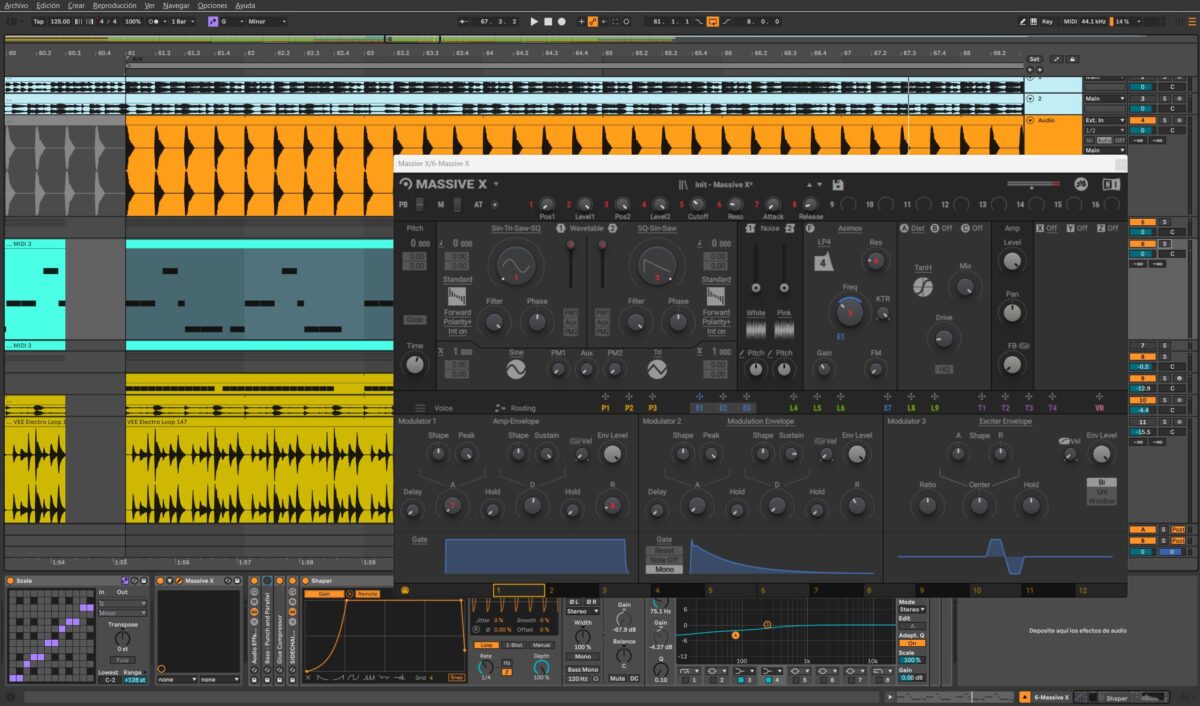
In addition, here are some extra tips for modulating LFOs:
- Combine waveforms: Don’t limit yourself to the classic sine wave – experiment with square, triangle, or even irregular waveforms. Blending two LFOs with different shapes on separate parameters can yield surprising and complex textures.
- Adjust phase and offset: Tweaking the phase and offset of the LFO can drastically change its impact. Experiment with various settings to see how the starting point and progression affect your patch.
- Use cascading modulation: Set up multiple LFOs in cascade or parallel to modulate different parameters. This approach creates deeper and more dynamic movement as each LFO interacts to generate intricate patterns.
- Experiment with latency and free-run modes: Some LFOs offer modes like latency or free-run, which add unpredictability. These modes are perfect when you’re after a modulation that feels less rigid and more organic.
Combine with automation: Consider automating certain parameters alongside your LFO. The blend of automation and LFO modulation can produce evolving variations throughout the track, allowing the sound to naturally adapt to the song’s dynamics.
With so many producers using the same synths and plugins, how do you ensure your patches in Massive X stand out?
To make my patches stand out, I focus on customization and experimentation. Instead of relying on generic presets, I dive deep into the synth’s architecture, tweaking every parameter to discover unconventional combinations. This process of fine-tuning and exploration allows me to create unique textures that truly reflect my sonic identity.
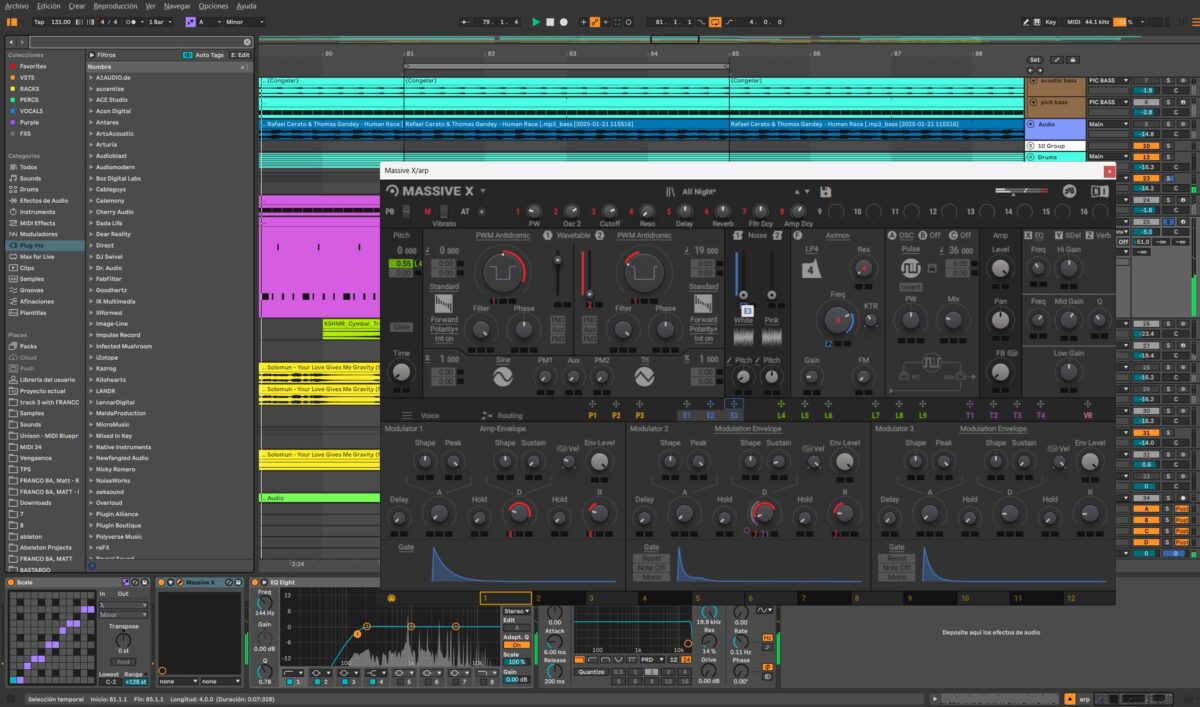
To make my patches stand out, I focus on customization and experimentation. Instead of relying on generic presets, I dive deep into the synth’s architecture, tweaking every parameter to discover unconventional combinations. This process of fine-tuning and exploration allows me to create unique textures that truly reflect my sonic identity.
Another strategy is to experiment with complex modulation routes. Massive X’s ability to connect multiple modulators to various parameters opens up a wide range of possibilities for creating evolving sounds that transform in unexpected ways. This not only adds originality but also helps me tell a story through sound – something that resonates strongly in today’s musical landscape.
Finally, attention to detail is paramount. I dedicate time to refining every aspect of the patch, from oscillator selection to effect settings and modulation tweaks. This level of care ensures that each sound has its own character and distinguishes itself in a sea of commonly used presets and plugins.
Do you think knowing how to modulate sounds effectively gives producers a competitive edge in today’s industry?
Absolutely – mastering modulation is a skill that unlocks a vast array of creative possibilities. Being able to effectively modulate sounds transforms simple ideas into rich, dynamic soundscapes. This capability to create unique, ever-evolving sounds can be the differentiating factor in a market flooded with digital productions.
Moreover, modulation adds depth and character to your productions, which can be crucial for making a track stand out in the mix.

In an environment where many rely on the same presets and plugins, the ability to design personalized and adaptive sounds translates into a distinctive sonic identity highly valued in today’s industry.
Furthermore, learning to modulate effectively deepens your overall understanding of sound design. This insight not only fuels innovation and experimentation but also gives you a competitive edge when tackling creative and technical challenges.
Start modulating in Massive X
Big thanks to FRANCO BA. for breaking down how to make any synth patch in Massive X feel alive. The biggest takeaway here isn’t relying on one modulation source to carry the weight – it’s about layering multiple small movements to shape a sound in a way that feels organic and unique. Envelopes, LFOs, filter shifts, and amp movements all play a role in creating evolving, futuristic textures that push sound design forward.
Massive X is one of the most powerful tools for this kind of deep modulation work, offering an unmatched level of control over how a sound moves over time. Movement is as much a part of a sound’s identity as its oscillators or post-processing, and with Massive X, you have limitless ways to shape it into something truly your own.




